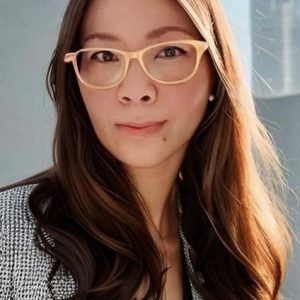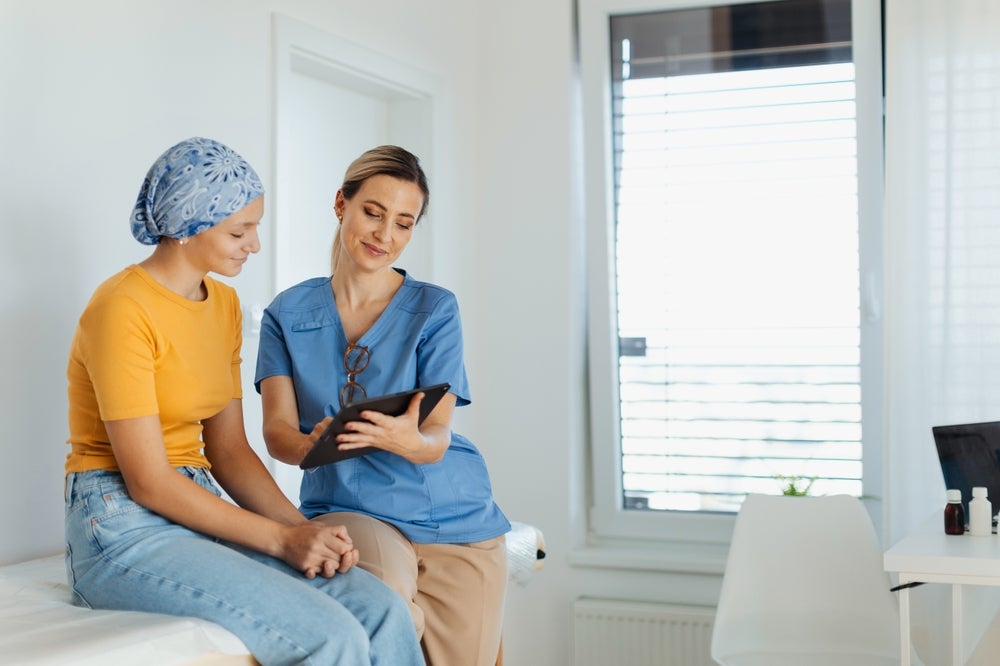Despite ongoing discussions surrounding their improvement, running oncology trials remains highly challenging in the clinical research space that suffers from the lack of greater patient awareness and diversity.
Such challenges were the point of focus in a session hosted by the former director of patient engagement and insights at Novartis, Pauline Frank, at last year’s CTO Europe conference in Munich, Germany. In an interview with Pharmaceutical Technology, Frank reflects on the points made during the conference, including how new digital technologies can be correctly used in complex oncology trials.
This interview has been edited for clarity and length.
Adam Zamecnik [AZ]: What are the key challenges for patients in oncology trials?
Pauline Frank [PF]: The most important thing is to be aware of [the challenges] before the trial starts. We think a lot about trial burden, which is a key barrier, but it starts much earlier… Firstly, a lack of awareness; [trials] are not even discussed in the general public, which does not know what clinical trials are and what happens in them. There’s a lot of misconceptions and that’s one of the barriers.
Clinical trials in oncology are complex. They are often conducted at centers of excellence. However, patients are not necessarily going to these centers, so we cannot get the patients who are not close to or have linkages to these trial sites.
They [patients] also may not understand the language around clinical trials and informed consent forms, which is a challenge since they may not want to participate in the study if they cannot understand it. The ones who do decide to participate may also not necessarily understand all the details. Later, if something happens, and they are surprised because they did not quite understand it, they will drop out.
AZ: How can pharma companies implement strategies to improve health literacy and communication with patients?
PF: One thing is to put yourself in the shoes of the patient. Clinical trials are done in an intense environment driven by deadlines. And [teams] do not necessarily have the time and skills to think about how best to communicate with patients. That is the number one burden [for clinical investigators and trial managers] because they do not have the skills for it. So, having someone who can communicate and support patients can help them navigate this.
[We] have worked with study teams to help create communication materials, in video or paper form, to help recruit the patients better. Then you do not need to rely on the consent form alone as a document. This can also help the patient remain compliant through the study.

AZ: At your talk at the CTO Europe 2023 conference, you mentioned the need for human contact despite the increasing turn to digital platforms and tools. Could you tell me a bit more about this issue?
PF: Digital is thrown a lot [as a term]. It is definitely an important part of better engagement with patients, especially in remote decentralised studies. The thing to bear in mind is that it depends on the patient population. There are demographics where digital works better and others where it does not. It is not a one-size-fits-all [solution]. The first thing you must do is to look at the target patient group. For example, for an older population with possible cognitive decline... you are not going to rely on [digital technologies] because they are more likely to use it less.
I would also emphasise talking to patient representatives and co-designing the best digital solution for this study since [clinical trial planners] assume a lot.
AZ: How can companies make sure to include patient input in the design and preparation of trial protocols?
PF: For one, we need to think early about this and not at the last minute. Involving of patient groups, for example, is not something you do just because you cannot recruit patients. I want to emphasise this because we get a lot of heat from patient groups about that happening a lot in the past.
AZ: Your talk at CTO Europe 2023 conference featured some insights into how social media could be used in reaching out to potential patient groups and more broadly to improve health literacy. Can you elaborate on this?
PF: Other colleagues at Novartis have used [social media] for recruitment purposes, but it was not in oncology. On social media, I would put information about the study, not necessarily the brand or the product… sometimes you can only mention the disease area here. You create that awareness on social media channels. We've also used social media because it includes patient groups that may be closed.
AZ: Amidst these challenges, how can companies make their trials more diverse?
PF: We need more physicians from diverse backgrounds, and position them in the communities that we are trying to target, which are not necessarily close to clinical sites.
Materials in native languages [are also important]…so making sure the translation happens and also have someone review those materials from a patient perspective, because sometimes things that may work for the majority may not work for certain cultures. There are also cultural nuances of how things are done that may impact how you can recruit specific cultures or ethnicities.















